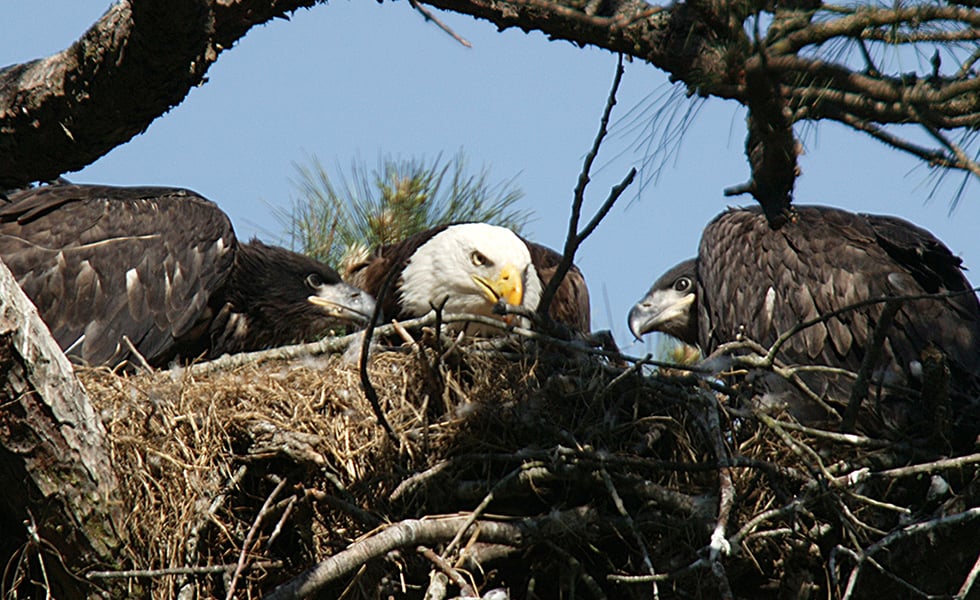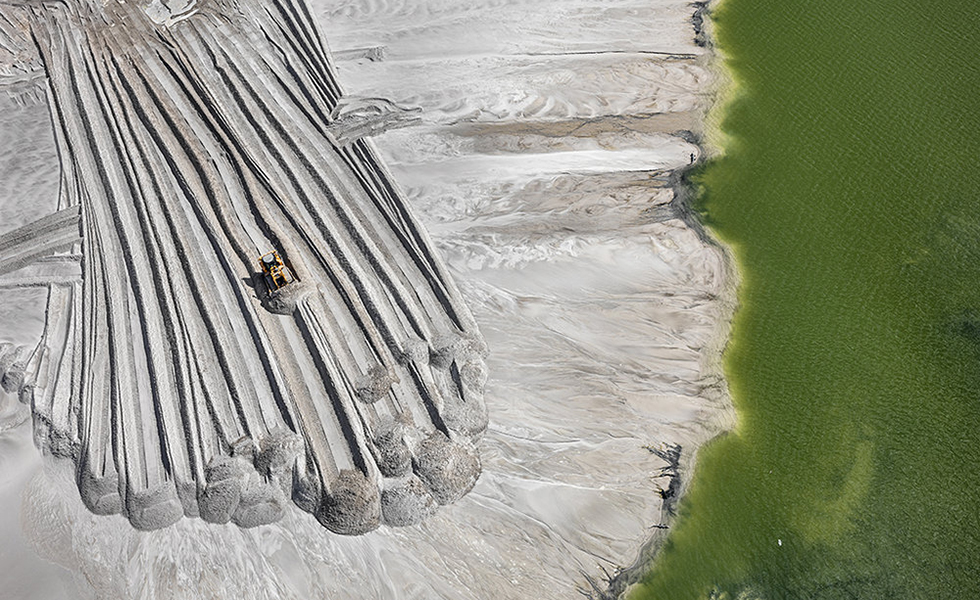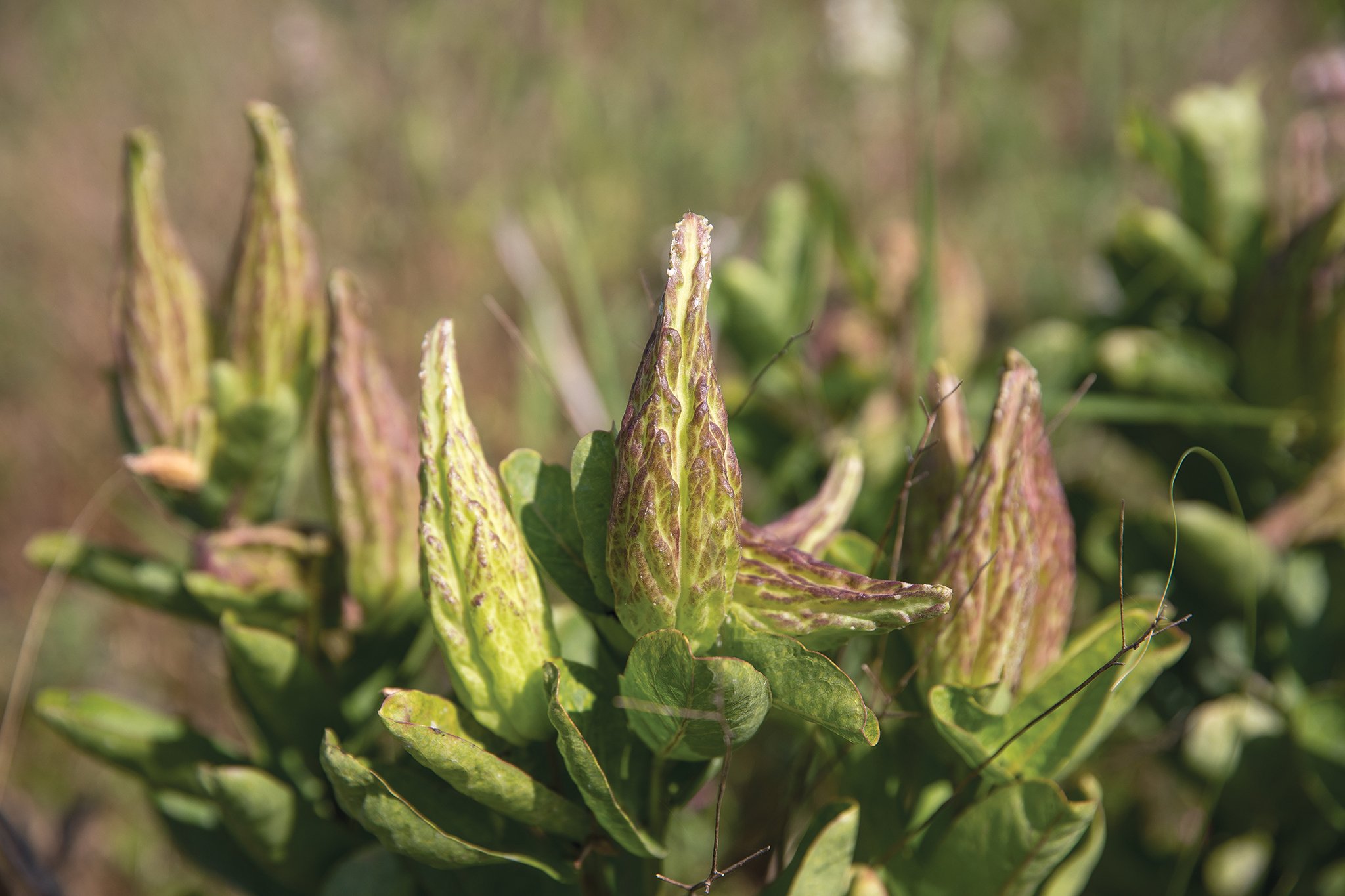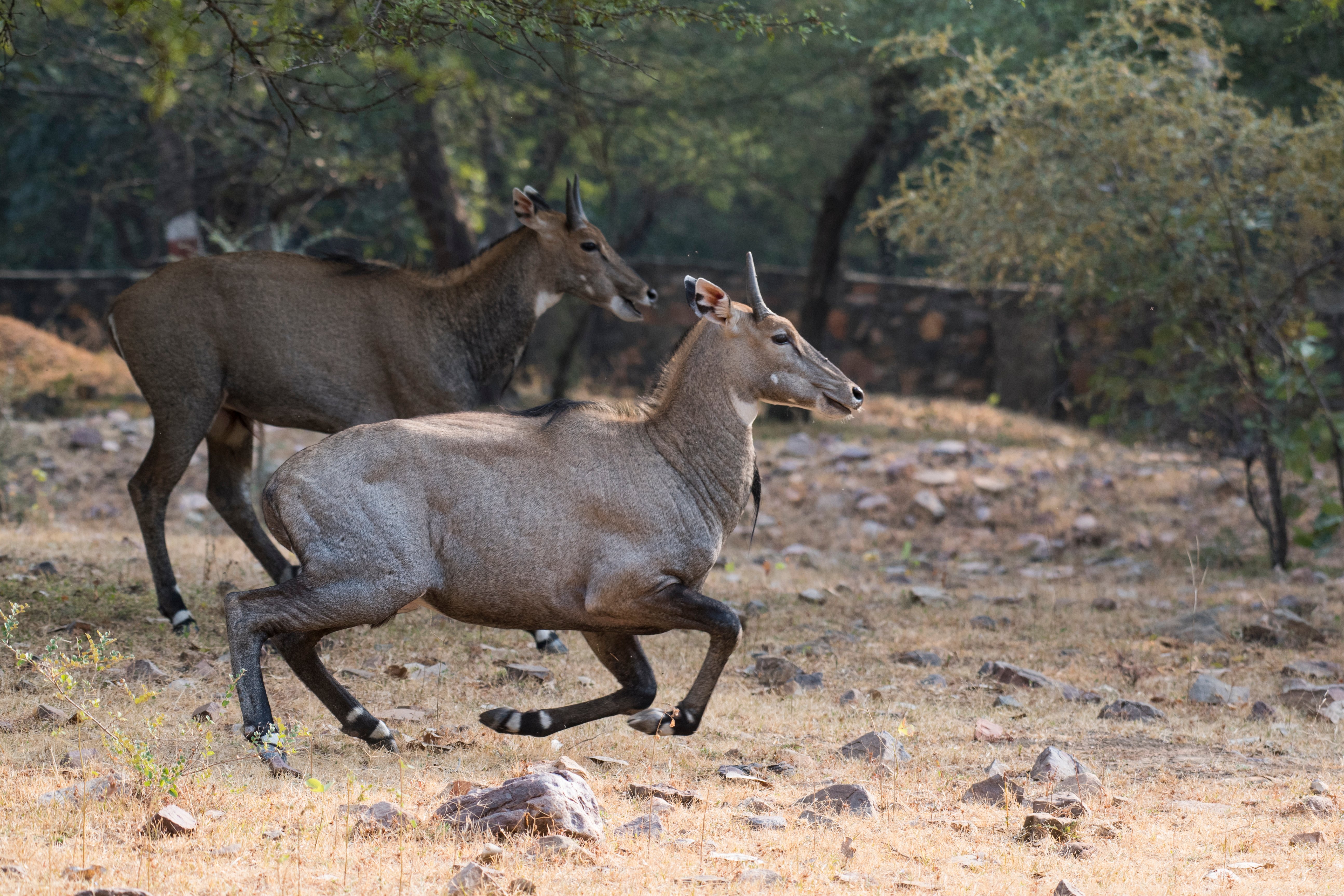
Invasive Species Have Reshaped Texas. Now What?
From parakeets to fire ants, nilgai to tamarisk trees, invasives have integrated into the state's ecosystems — and managing them means asking hard questions.
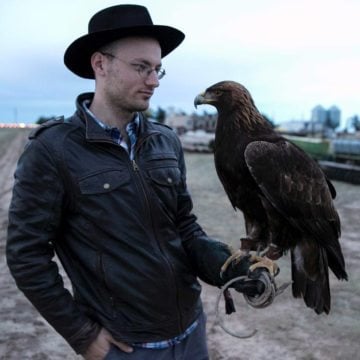
In March, I drove down to the Sabal Palm Sanctuary on the southernmost border of Texas, where Brazilian bougainvillea shimmers over the seasonal marshes. I was there to join local researchers in searching for native salamanders. But as we walked down muddy trails to the resaca, the tracks stopped me: giant hoof marks hacking up the mud. They looked something like the tracks of a whitetail deer, but much larger.
“Those are from the nilgai,” one of the researchers said. “It’s a horse-sized antelope from India. They run wild around here.”
He went on to explain that the nilgai had escaped from nearby game ranches and hid in the bracken during the day. They appear on the roads at night, the herd rolling in eerie silence out of the dark, past the border wall and the Border Patrol agents in their green-and-white SUVs, crossing the roads and disappearing into the trees. From one perspective, such a vision is an injection of the exotic. From another, it’s the new normal.
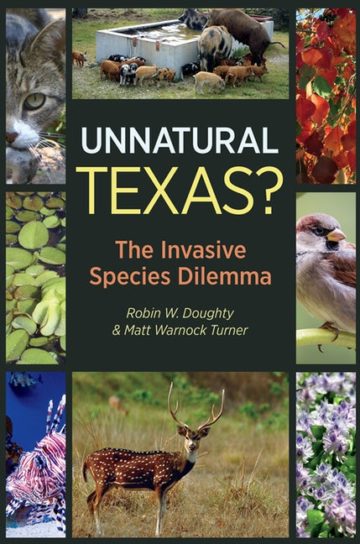
By Robin W. Doughty and Matt Warnock Turner
Texas A&M University Press
$32; 272 pages
The tension between those two poles of thought is the driving force of Robin W. Doughty and Matt Warnock Turner’s Unnatural Texas? The Invasive Species Dilemma, a handsomely illustrated, thoughtful and wide-ranging exploration of the conundrums around nonnative species. Some, like the nilgai, are small populations eking out a living in localized spots. Others, like the Mediterranean gecko and monk parakeet, have slotted neatly into Texas ecosystems with nary a ripple. And some — the fire ant and water hyacinth, the feral cat and wild hog — have exploded into a damaging and costly headache. We call this last category the invasives. The central question of Unnatural Texas? is what to do about them.
As Doughty and Turner make clear, this is not a new problem. Texas has been dealing with invasive species since the 1500s, when the Spaniards released the first pigs. The ensuing centuries brought more intruders, from starlings (1890, chattering, aggressive) to hydrilla plants (1884, prone to clogging channels.) Early attempts to manage these unruly subjects sometimes compounded the damage. The central problem, then and now, was a lack of agreement on a fundamental set of premises: What does “natural” mean, in an age of globalization? When do you try to control invasive species, and when do you let them be? Can old ecosystems truly be restored?
These are not academic questions. In a few cases, invasive species are immediate disasters that require constant management. Fire ants (introduced accidentally from South America around 1940) spread like a stinging plague, decimating more benign ant species, clearing coastal prairies of insects and starving the chicks of now-endangered birds like the Attwater prairie chicken. Clever, fecund feral hogs tear up millions of acres of agricultural land, pollute water sources and devour anything that doesn’t get out of their way. And outdoor cats kill a staggering 3.7 billion native birds annually in the continental United States.
But many invasives are a good deal more ambiguous. The tamarisk trees that clog the vanishing rivers in West Texas have acquired an (apparently overblown, the authors argue) reputation for leaching out groundwater and poisoning local plants. In return, they create vital habitat for endangered birds and other native species, for whom any forest cover is of real use. Here is a case where the exotic has insinuated itself so thoroughly that management agencies have decided that ripping it out would cause much greater harm. The tamarisks are woven into the ecosystem and deliver ecological benefits. Does it matter if they originated elsewhere? Does it matter, indeed, that they only became so common because the massive dam and irrigation projects in the West altered the hydrology of the region in their favor?
To consider invasive species as malignant interlopers absolves humans of responsibility for largely self-inflicted problems.
This kind of detail is foundational to Doughty and Turner’s point: that to consider invasive species as malignant interlopers absolves humans of responsibility for largely self-inflicted problems. Most invaders are generalists that thrive in disturbed or damaged environments: overdeveloped suburbs, intensively managed ranchlands, prairies paved over with roads. All that runs riot in the world does so because it is pushed along on the wave of an ecosystem that we created. Campaigning against foreign species — though they are occasionally genuinely disastrous — does not solve the root causes of biodiversity loss. To put it another way, pigs are a massive nuisance; habitat loss is a disaster.
In essence, the authors argue, there can be no one-size-fits-all solutions to nonnative species, because the ways they interact with ecosystems are often complex, and attempts to defeat them can sometimes cause more harm than good. (Introducing carp to manage hydrilla in a lake? Better hope they don’t devour all the other water plants, too!) The resulting book is a refreshingly clear-eyed, engaging and pragmatic exploration of a subject that more often inspires polemics. Unnatural Texas embraces the ambiguity of the nonnative.
I’ll admit to feeling a frisson of excitement when I think about nilgai wandering the Texas border. All of nature is a borderland of one sort or another, where the ranges of plants and animals expand and contract according to the slow beat of climate and geography. Some of Texas’ residents arrived here by mistake, and some through poor judgment. All of them are now part of what journalist Emma Marris once called “the rambunctious garden” of modern life. Even when pruning, it’s only respectful to appreciate the resiliency of the weeds.
